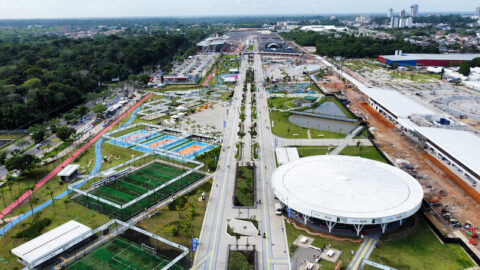The world is set to pump far more oil and gas than it would use if it is to meet the 1.5C warming limit endorsed by governments in the Paris Agreement, according to new analysis from the International Energy Agency (IEA).
Meeting the Paris temperature target would mean shutting down production of eight million barrels a day of oil and 250 billion cubic metres of gas a year by 2050, the IEA said in a report this week – roughly equal to Saudi Arabia’s oil and Iran’s gas output today.
Back in 2021, the agency made headlines by declaring there was “no room” for new fossil fuel production projects in a 1.5C warming scenario.
But this week, it added that – with the 1.5C scenario’s projected rapid drop in oil and gas demand – “several higher cost” oil and gas production projects should be shut down “before they reach the end of their technical lifetimes”.

While the IEA did not name any specific projects, it has previously identified oil projects in Canada, China and Algeria and gas projects in Australia, Argentina and Malaysia as among the most expensive. The cost of extracting oil and gas varies, mainly depending on geographic and geological factors.
Kelly Trout, research director at Oil Change International, said that the IEA’s findings show “countries must follow through on their internationally agreed commitment to transition away from polluting fossil fuels, and invest in a renewable energy future”.
Buried in a box
Despite those findings, a press release accompanying the report led with warnings about the “implications for markets and energy security” of slowing production in oil and gas fields – an aspect many media articles focused on. The IEA has come under pressure from the Trump administration in the US to promote fossil fuels.
The 1.5C warming scenario, meanwhile, was buried in a three-paragraph box near the end of the 73-page report.
The report found that most of the cheapest and easiest-to-access oil and gas reserves have already been extracted, “leaving primarily smaller, deeper and more technically challenging fields” which are often deep under the sea.
Despite recent large discoveries of oil in Guyana and gas in Mozambique, the amount of conventional oil and gas discovered has been declining since at least the 1960s, the report found. Over the last ten years, oil and gas companies have been spending less and less on exploration.

Of the $550 billion spent annually, about $500bn simply replaces declining fields. Only $50bn goes to new supply, the IEA estimated.
Guy Prince, head of energy supply research at Carbon Tracker, told Climate Home that the big publicly traded oil and gas companies “are being cautious, quietly retreating from energy growth and instead returning cash to shareholders”.
In 2024, Rystad analysis shows that six of these big companies paid out a record $119 billion to shareholders, leaving them with less cash to invest in producing oil and gas.
Prince said the shift to electric vehicles poses the biggest threat to future oil demand.
US pressures the IEA
The IEA projects in both its “announced pledges” and its “stated policies” scenarios that demand for both oil and gas will peak before 2030. These projections have angered US Republicans who worry they will disincentivise investment in oil and gas extraction.
US Energy Secretary Chris Wright called these projections “nonsensical” and said in July that the US will leave the IEA if it cannot reform it.

The IEA has said it will re-introduce a more pessimistic projection, called the “current policy” scenario, to its flagship World Energy Outlook report, to be published alongside other scenarios. According to Bloomberg, a draft of the report shows that this scenario projects oil and gas demand rising into the 2050s.
Greg Muttitt, a researcher at the International Institute for Sustainable Development, wrote in a post on Linkedin that the IEA’s stated policies and announced pledges scenarios’ projections of a pre-2030 oil peak are backed by estimates from oil companies like BP and Equinor, as well as consultancies like McKinsey.
“The US Administration wants people to believe that fossil fuels will have a bright future, hoping that this can become a self-fulfilling prophecy,” he added. “But overly-optimistic fossil narratives lead to economic risks, both for investors and for countries whose economies depend on oil & gas revenues, such as Nigeria and Iraq.”
The post IEA says some oil and gas projects must shut early to meet 1.5C limit appeared first on Climate Home News.
IEA says some oil and gas projects must shut early to meet 1.5C limit
Climate Change
Nine of our best climate stories from 2025
At Climate Home News, we found this year a pretty depressing one to cover, shaped as it was by Donald Trump’s attacks on climate science and action at home and abroad – and rounded off by the UN declaring global warming will break through the key 1.5C limit the world set itself in 2015.
But it wasn’t all bad. Nobody had decided to follow the US out of the Paris Agreement by the time it turned 10 this month. Anti-climate candidates in Canada and Australia, backed by Trump, lost elections convincingly. And 2025 may also have been the year carbon dioxide emissions fell for the first time.
What’s more, our reporting this year saw results in the real world. After we revealed that Chilean doctors believe pollution from copper mines in the northern hub of Calama is causing autism, campaigners sued state-owned mining company Codelco. The case is ongoing.
One of the lawyers representing the campaigners said “when [Climate Home News] revealed our silent suffering and our fight, we felt we had finally been heard and had entered the national conversation thanks to international media coverage. That was the final push to file the lawsuit.”
If you want to fund more impactful reporting like this in 2026, please subscribe and unlock all of our content for just the price of a coffee per week. Or to keep up with our latest coverage, you can sign up for our free newsletter and follow us on LinkedIn, Instagram, BlueSky and Facebook.
Below are nine of our best stories this year and, if that’s not enough, here’s nine more from 2024.
1. Solar squeeze: US tariffs threaten panel production and jobs in Thailand
In the year of trade wars, Trump extended Biden-era tariffs on solar panels from China to neighbouring countries. Nicha Wachpanich spoke to some of those workers who subsequently lost their jobs making panels at Chinese-run factories in Thailand and found that the US levies and bad behaviour by bosses had combined to crush their dreams of a better life.

2. Business-as-usual: Donors pour climate adaptation finance into big infrastructure, neglecting local needs
Trump being Trump, and axing US climate finance, is no reason to let other wealthy donor nations off the hook. We examined the latest spreadsheets for annual adaptation aid and found Japan is counting support for massive infrastructure projects in its figures, despite them having only a dubious role in helping people adapt to climate change.
Our reporter Tanbirul Miraj Ripon visited one such project – the Matarbari port in Bangladesh. He found that the port handles coal and gas imports and has destroyed locals’ homes and livelihoods. Despite this, on paper it represents $363 million in Japanese climate adaptation finance, the biggest single climate resilience project being funded by a wealthy country in 2023.
3. Ethiopia’s bold EV ambitions hit bumps in rural areas
Other nations are trying hard to go green but finding it tricky. This year, Ethiopia hosted the Africa Climate Summit, was selected as the host of COP32 and opened the continent’s biggest hydropower dam.
It plans to use some of this clean power to charge electric vehicles, after banning imports of cars with internal combustion engines (even as the European Union is softening its own 2035 ban on ICEs). While that will reduce Ethiopia’s already tiny emissions and its fossil fuel import bills, it won’t be easy in a nation where only half the population has electricity access, as Solomon Yimer and Vivian Chime reported.
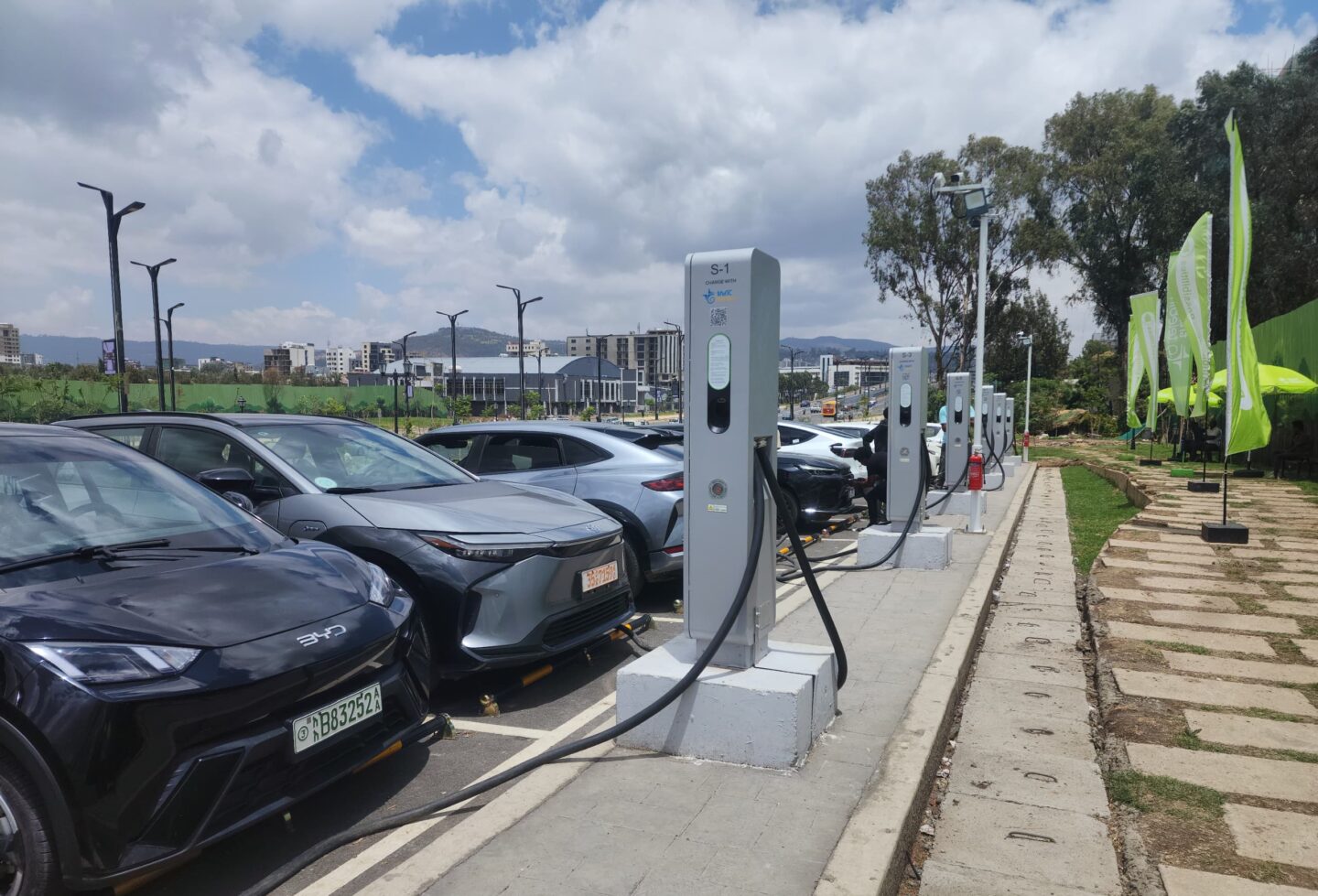
4. Ending poverty and gangs: How Zambia seeks to cash in on the global drive for EVs
Other African governments are trying to cash in on their minerals, which big players like China, the US and increasingly Saudi Arabia want for green technologies and/or making equipment for wars.
Pamela Kapekele went to look at the situation in Zambia’s Copperbelt province – where you can probably guess what they produce! She found that good tax regulations and working conditions will be needed if locals are to see the benefits of surging demand for the metal.
Later in the year, an acid spill from a copper-mine tailings dam that contaminated the country’s main river showed the value of environmental regulation too. Reporting from Nigeria’s lithium and South Africa’s platinum mines also highlighted the challenges of making minerals mining and processing cleaner and fairer for communities.
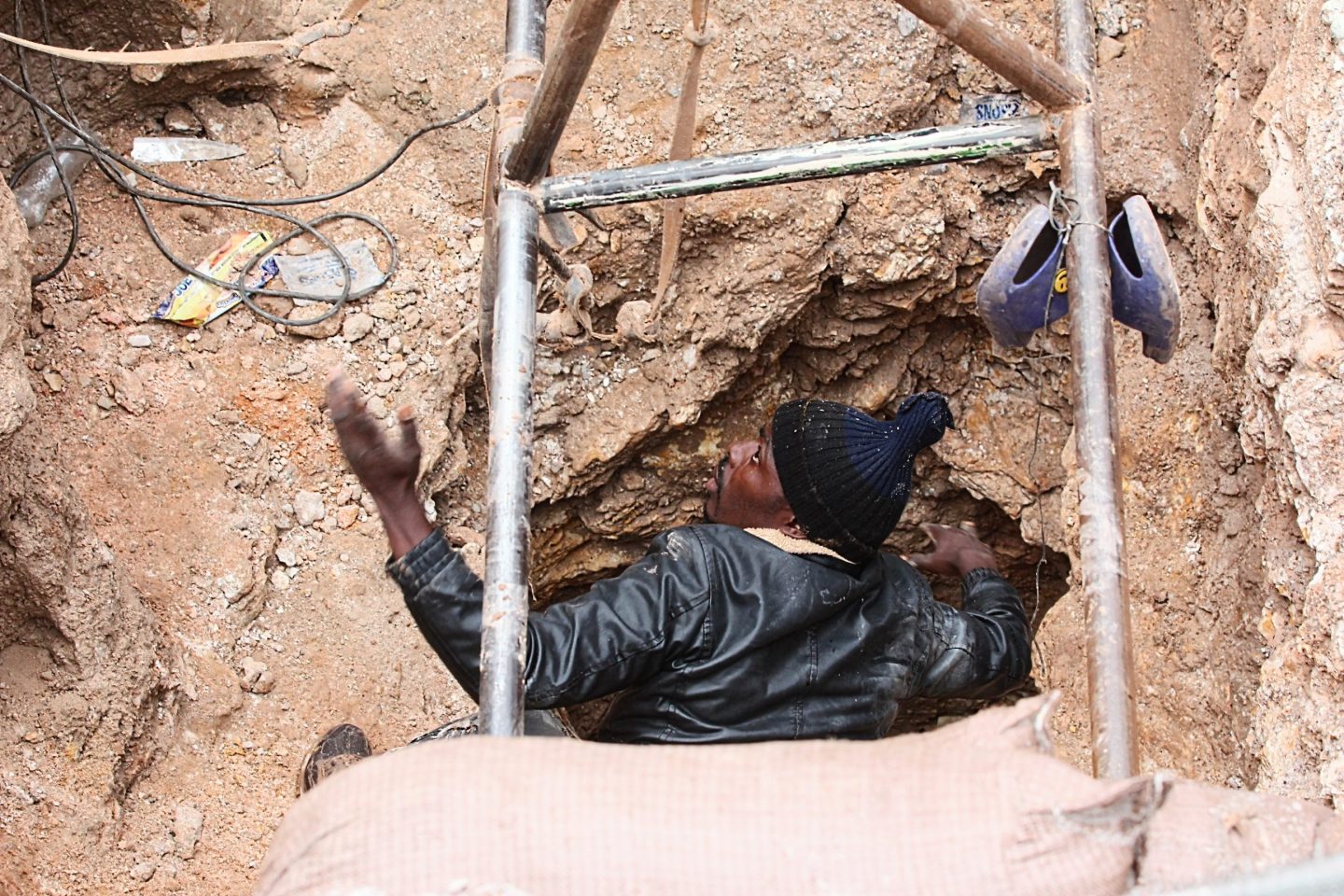
5. Is the world’s big idea for greener air travel a flight of fancy?
Some sectors – like international aviation and shipping – tend to fall outside the scope of national media, and it’s a gap we’ve aimed to fill. Together with Singapore’s Straits Times, we tracked the supply chain for what the airline industry calls “Sustainable Aviation Fuel” (SAF) and found that virgin and barely used palm oil – which threatens rainforests – is being passed off as waste cooking oil and used to power planes in Europe.
Malaysia is a particular hotspot for this fraud, as government subsidies there make virgin palm oil cheap in the shops – and it can be sold for a higher price as “used” cooking oil, providing a profit motive for flipping it. Our investigation was picked up by the Financial Times, Bloomberg and the Malaysian authorities, who have since launched a crackdown on this kind of fraud.
But with verification of the materials used for SAF relying on just a handful of commercial auditors conducting mainly paper-based checks, airlines currently cannot know for sure if their green jet fuel is actually sustainable. Their advertising to passengers should – but often doesn’t – reflect this uncertainty.

6. Brazil’s environment minister suggests roadmap to end fossil fuels at COP30
Our reporting was often prescient this year. We called it correctly that the US would leave the Paris Agreement but not the UNFCCC, that Argentina would not follow America out of Paris, that Ethiopia rather than Nigeria would be chosen as COP32 host and that petrostates would try to kill a new green shipping framework at the International Maritime Organization.
We are also pretty sure we were the first – at least in English – to pick up on Brazilian Environment Minister Marina Silva’s proposal for COP30 to agree on a roadmap away from fossil fuels, which she aired back in June at London Climate Week. That proposal was pushed by President Lula at the start of COP30, dominated much of the conversation at the summit and will continue to be discussed throughout 2026.
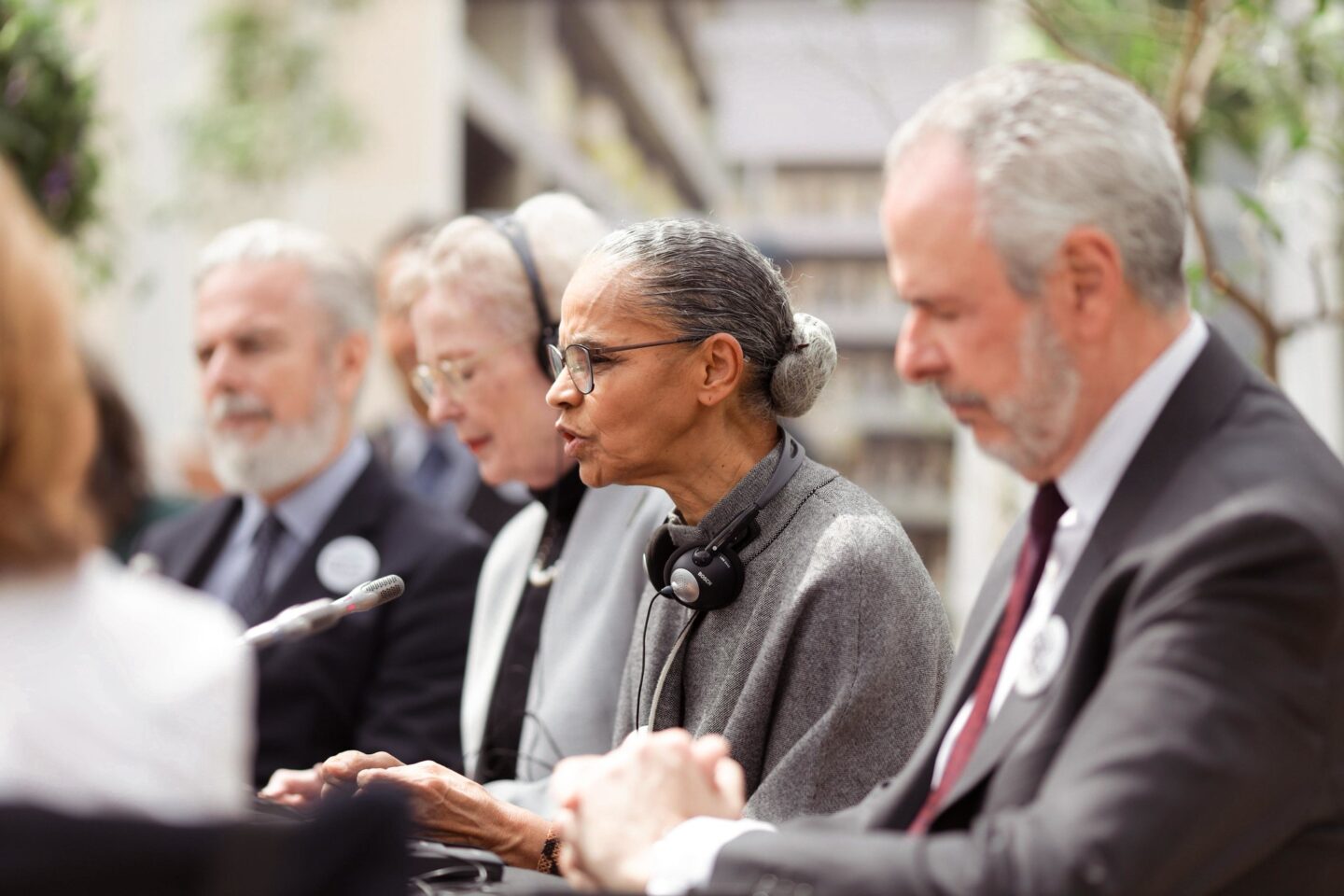
8. PR firm working for Shell wins COP30 media contract
In the summer of 2025, our crack investigative reporter Matteo Civillini got the scoop on how the Brazilian government, via a contract tendered by the UN, was working with Edelman on international media relations for the COP30 climate summit while the global PR giant was simultaneously engaged in promoting Shell’s fossil fuel interests in Brazil.
This story was picked up by a range of other media, and amplified calls for agencies whose clients include fossil fuel firms to be excluded from the climate negotiations. Advocacy group Clean Creatives was inspired by Matteo’s reporting to launch a campaign against Edelman’s COP involvement. That culminated in an open letter from influencers and creators with a combined audience of over 24 million calling for Edelman to be dropped. The drumbeat on this theme is likely to get louder in 2026.

8. “House of cards”: Verra used junk carbon credits to fix Shell’s offsetting scandal
And talking of smoke and mirrors, just when we thought the murky web of carbon offsetting linking oil and gas major Shell to sham rice-farming projects in China couldn’t get any more convoluted, it did exactly that.
By combing through the records of carbon-credit registry Verra – the world’s biggest – Matteo confirmed that nearly a million bogus offsets from 10 disqualified methane reduction projects had been compensated for with the same number of junk credits from another four such projects that were also axed by Verra.
“It’s frankly unbelievable that Verra considers it appropriate to compensate for hot air credits with other hot air credits,” Jonathan Crook, policy lead at Carbon Market Watch, told us. “To pretend this is a satisfactory resolution is both absurd and deeply alarming.”
Verra insists the replacement credits were technically available to plug the gap left by the first batch – even though the second set, too, now need to be swapped out. Shell is keeping its distance, saying it does not manage or operate “the projects in question” despite being earlier involved in the Chinese rice-farming programmes as their “authorised representative”. Mind-boggling indeed!
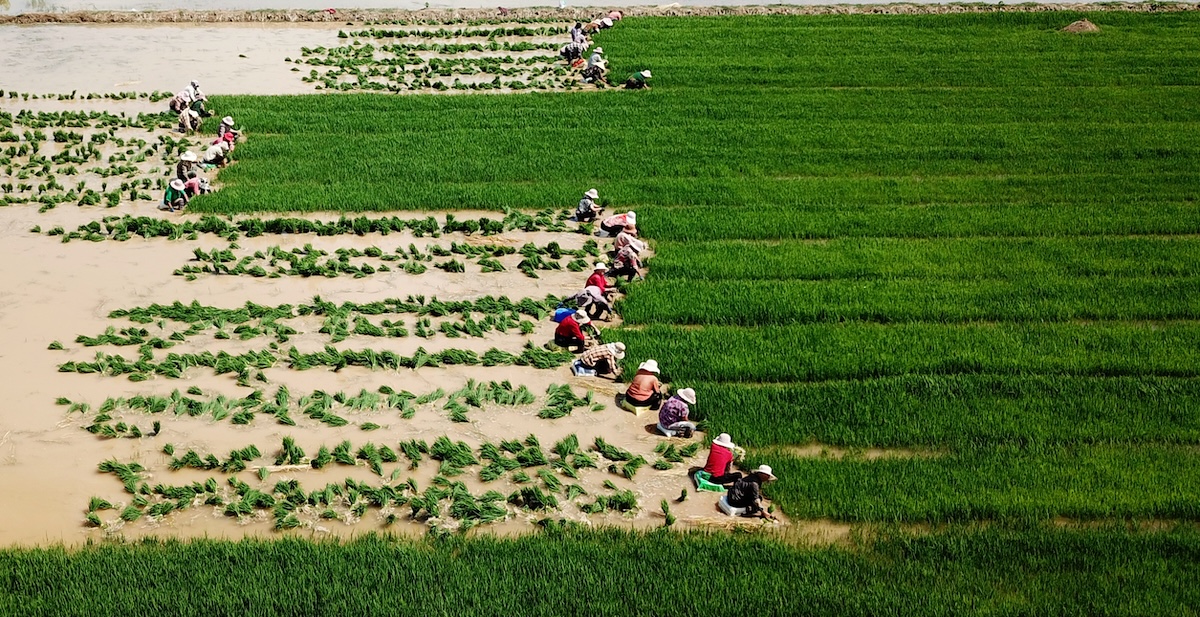
9. Self-taught mechanics give second life to Jordan’s glut of spent EV batteries
In what was on balance a bad year, we brought you some hope too. A landmark advisory opinion on climate change and human rights from the International Court of Justice in The Hague was stronger than anyone imagined and may open the door to lawsuits against polluting countries and companies in 2026.
Other good news stories included analysts suggesting China’s fossil fuel use could peak this year, the UN’s loss and damage fund launching its first call for proposals, South Korea and Morocco moving to phase out coal and a boom in imports of solar panels to Africa.
Hope came too from ordinary people and their ingenuity – like the untrained Jordanians interviewed by Yamuna Matheswaran, hooking up solar panels to old Tesla batteries, lowering both their electricity bills and their carbon emissions into the bargain.
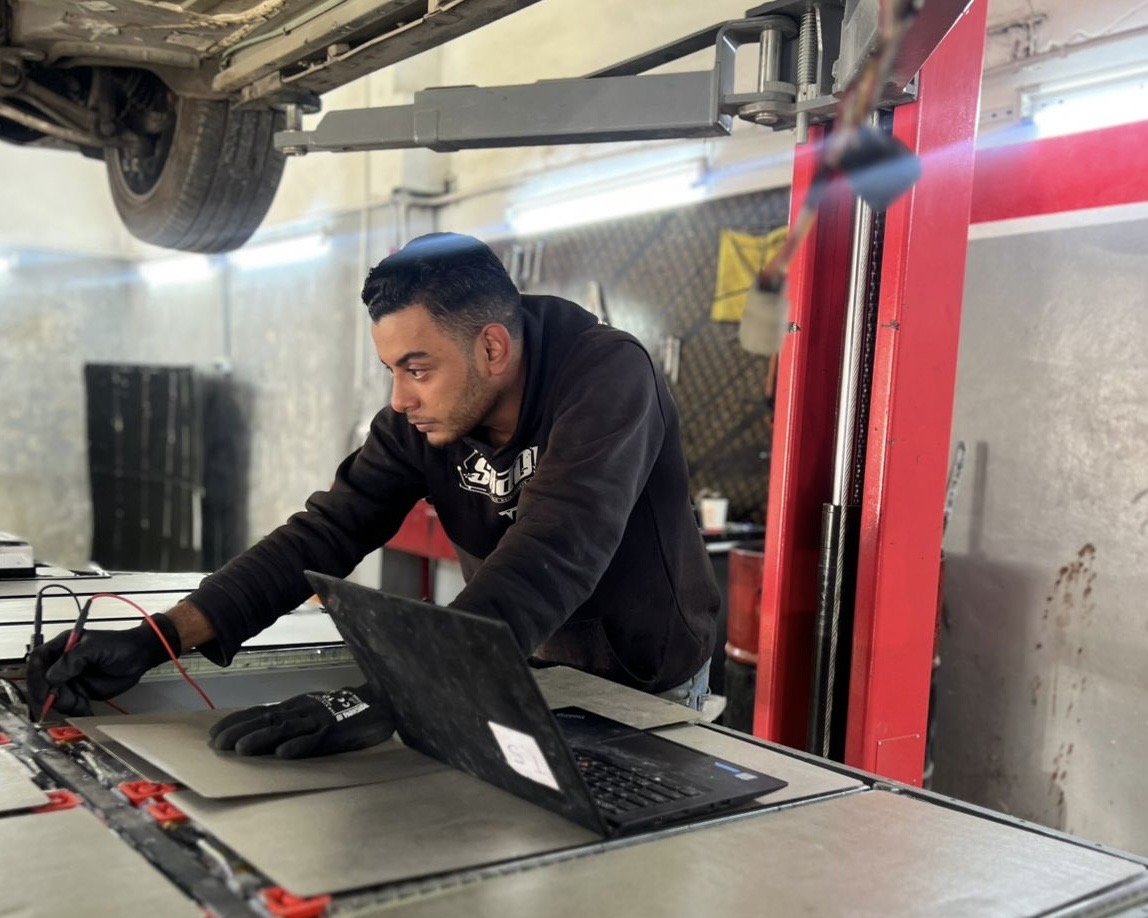
The post Nine of our best climate stories from 2025 appeared first on Climate Home News.
Climate Change
Tracking Oil and Gas Waste in Pennsylvania Is Still a ‘Logistical Mess’
More than a decade after regulators promised to improve reporting standards for this waste, an Inside Climate News investigation found huge discrepancies in state records.
Fracking’s Forever Problem: Sixth in a series about the gas industry’s radioactive waste.
Tracking Oil and Gas Waste in Pennsylvania Is Still a ‘Logistical Mess’
Climate Change
Maine’s Once Abundant Kelp Forests Face an Array of Growing Threats
These breeding grounds for fish are under siege from red turf algae, sea urchins, storm surges, warming waters and climate change.
Shane Farrell has spent the better part of the last three years underwater, diving off the coast of Maine. The University of Maine Ph.D. student and his team at the Bigelow Laboratory for Ocean Sciences are surveying the rapid decline of kelp forests in the warming waters.
Maine’s Once Abundant Kelp Forests Face an Array of Growing Threats
-
Climate Change4 months ago
Guest post: Why China is still building new coal – and when it might stop
-
Greenhouse Gases4 months ago
Guest post: Why China is still building new coal – and when it might stop
-
Climate Change2 years ago
Spanish-language misinformation on renewable energy spreads online, report shows
-

 Greenhouse Gases2 years ago
Greenhouse Gases2 years ago嘉宾来稿:满足中国增长的用电需求 光伏加储能“比新建煤电更实惠”
-
Climate Change Videos2 years ago
The toxic gas flares fuelling Nigeria’s climate change – BBC News
-

 Climate Change2 years ago
Climate Change2 years ago嘉宾来稿:满足中国增长的用电需求 光伏加储能“比新建煤电更实惠”
-

 Carbon Footprint2 years ago
Carbon Footprint2 years agoUS SEC’s Climate Disclosure Rules Spur Renewed Interest in Carbon Credits
-
Climate Change2 years ago
Why airlines are perfect targets for anti-greenwashing legal action



